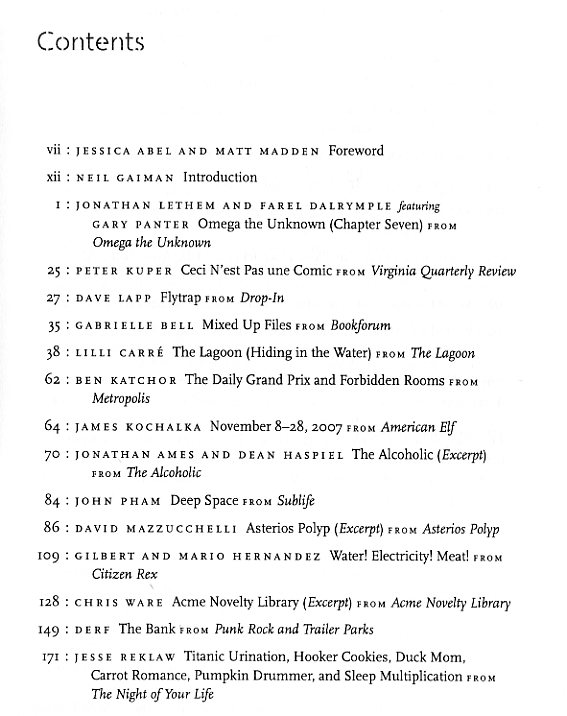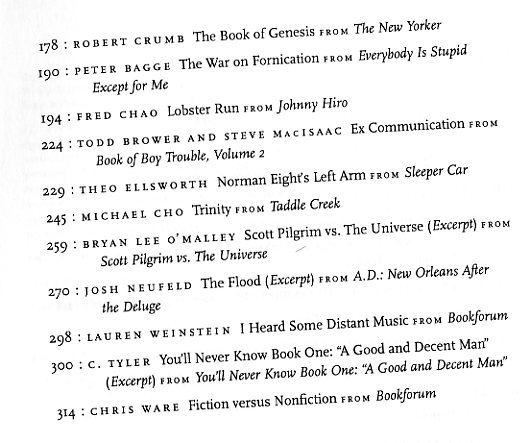Editor’s Introduction: This is the first of what we hope will be a monthly column, “Sequential Erudition”, which will reprint academic work in the field of comics studies. The numerous discussions around the Best American Comics Criticism volume brought up how divorced the academic writing about comics is from popular writing about comics, not because of style, content, or interest, but because so much of the academic work is not easily available to the average reader (those without access to an academic library). In an attempt to help spread some of this academic work to a broader audience, this column will be reprinting works from journals and other academic venues. If you are an academic who is interested in having his/her work reprinted, please contact me, Derik Badman (email: first name dot last name at gmail dot com). Much thanks to Andrei for agreeing to have his article reprinted. -Derik.
Permanent Ink: Comic-Book and Comic-Strip Original Art as Aesthetic Object by Andrei Molotiu
[Author’s Note, 2010: I gave an early version of this article as a talk at the 2006 meeting of the College Art Association, in a session, organized by Christian Hill, on “Gallery Comics.” Expanded from that talk, the article was then published in the Fall 2007 issue of the International Journal of Comic Art, as part of a symposium on the same topic; hence the references to “gallery comics” in the first section, below. While, as a concerted movement, gallery comics seem more or less to have fizzled since, the notion of combining the comic form with the display context of the gallery wall clearly still informs the practice of many contemporary artists (or cartoonist/artist hybrids), such as Mark Staff Brandl (another participant in the session and symposium), Warren Craghead and, well, me; not to mention many other comics artists who have turned to showing their work in gallery spaces in recent years, such as Mat Brinkman or Ben Jones.
In any case, I mention this original presentation and publication context just to explain some references that might otherwise seem puzzling (Christian opened both the CAA session and the symposium with a presentation introducing the notion of gallery comic; even in the absence of his text, though, I think the definition of this new-ish artform should be pretty clear from my discussion of it); I primarily used the topic to introduce my main subject: the display on gallery and museum walls of comic art that had not originally been intended for this purpose, and how this new display context affected our appreciation of it.
The text below varies in a few minor points from the version published in 2007; in one or two instances I re-thought the wording, and I have also added, in brackets, a couple of notes expanding or correcting some of my earlier claims. -Andrei Molotiu]
While the aesthetics of comics have received increased scholarly attention over the last couple of decades, most of this attention has been paid to comics in their final, printed form, with little of it devoted to original comic art.[1] At the same time, traditional drawings experts have shied away from art that is often seen not as an end in itself but as a tool in a creative process, the end of which is the printed comic. Of course, the lowly status of “popular” culture has also played a large role in this neglect. However, original comic art deserves significantly more study from comics scholars, art historians, museum curators, and even from critics and theorists. I would like to make the case for it by emphasizing the specificity of original art as aesthetic object, and by distinguishing between the aesthetics of the printed comic and those of the actual original-art object, as collected and displayed.





